
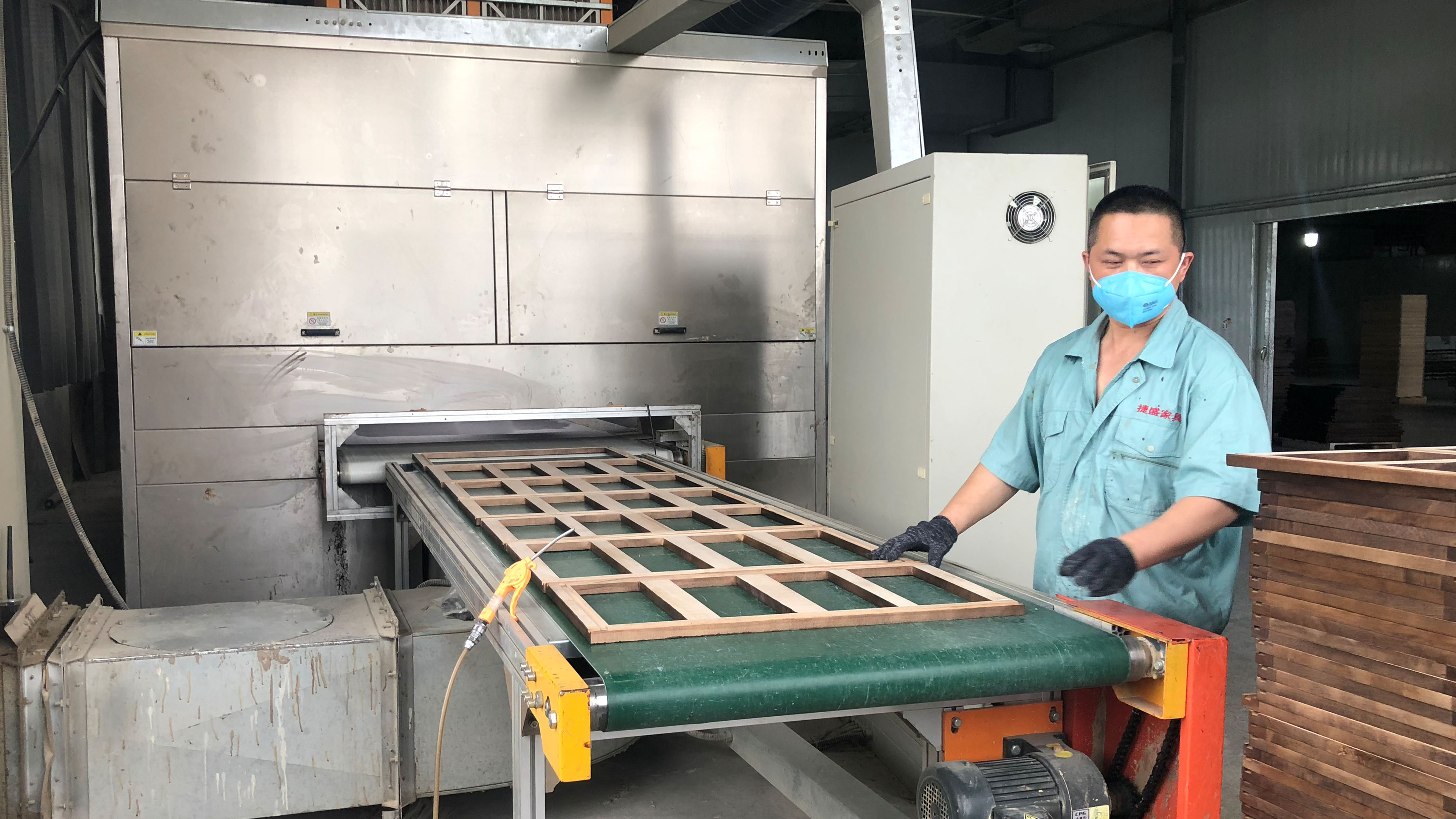
One of the central promises given by President Trump is that he will restore the U.S.' battered industrial sector by bringing manufacturing back to the country. But in a small town in east China's Jiangsu province, there are clear signs that manufacturing is shifting away from the U.S. in an irreversible way.
Wuyao, a small town in Nantong city of Jiangsu province, is home to one of the emerging furniture-making centers in China. The town is filled with wood furniture shops and hardware stores, with labels such as "serving customers all around the world" hanging on the doorstep.
Ju Jianshuang, manager of Nantong Jiegao furniture company, has been running a kitchen cabinet factory in the town for seven years. The factory was previously based in Shanghai and was recently relocated to the furniture hub. All of the factory's products, from basic components like glass window panels and door skin panels to finished goods including wall and floor cabinets, are exported to the U.S. market.
Last year, the total value of the company's deals reached 25 million U.S. dollars, ranking second among all furniture manufacturers in the town.
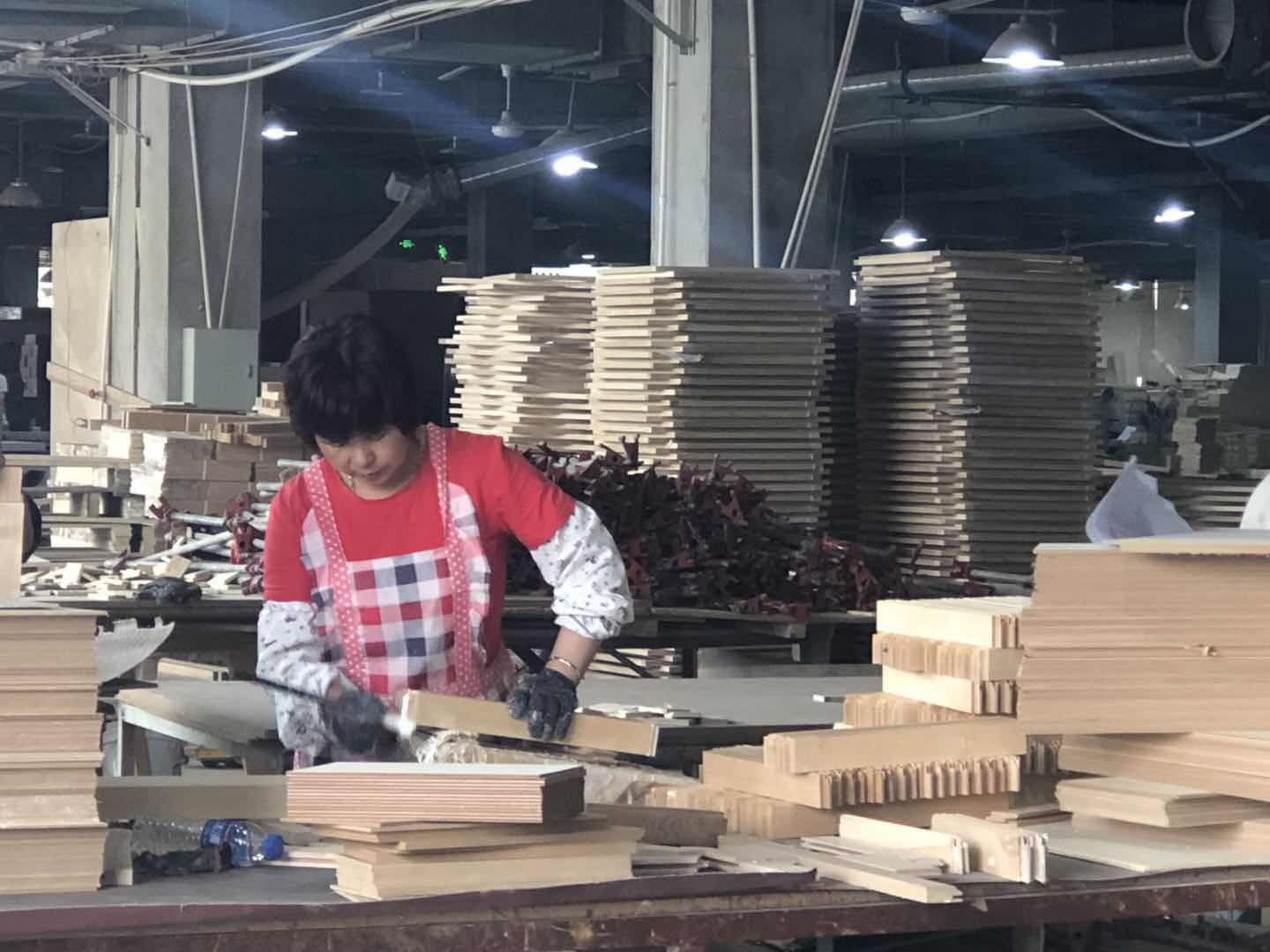
Woodworkers lacquer furniture parts at the factory. /CGTN Photo
"In fact, many American kitchen cabinet makers rely on Chinese suppliers, and many of their core products are not made in the U.S.," said Ju Jianshuang in an interview with CGTN. This is because cabinet makers in the U.S. do not have heavy manufacturing ability due to a lack of labor and gaps in their logistics, he added.
The manufacturing of kitchen cabinets is normally done in three phases and relies heavily on a global supply chain. In the initial phase, wood components are cut into different sizes and shapes to be made into basic components for cabinets, interior drawers, door frames, etc.
In the second phase, paints and protective lacquers are then applied to those components; hinges and screws will be attached to the cabinet parts.
The first two phases that involve heavy manufacturing normally take place in China. The third phase is assembling components and parts into a finished cabinet in the U.S.
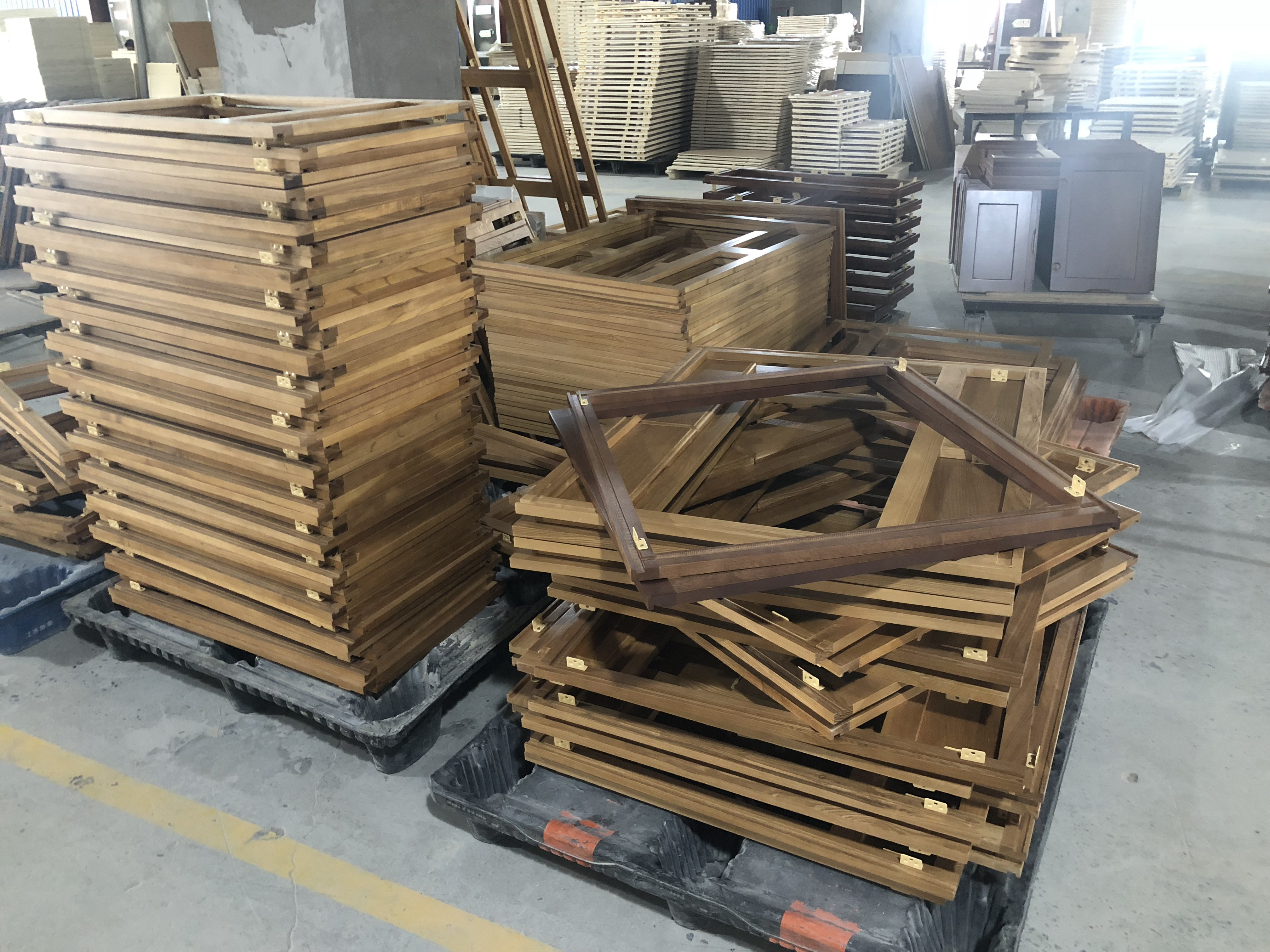
Wooden components are cut and assembled into window panels. /CGTN Photo
But this global supply chain is now in deep peril as a result of Trump's trade war. In mid-2018, his administration slapped a 10-percent tariff on the core raw materials for kitchen cabinets, and the 25-percent tariff increase that took effect in May will likely inflict a more devastating blow in the near future.
"The 10 percent tariff hike was absorbed entirely by our American dealer and the depreciation of yuan at the time helped them eat up the bulk of the increase," Ju told CGTN, "but if the tariff jumps to 25 percent, it would be too hard for them to run their business."
According to the United States International Trade Commission, the U.S. is China's leading export market for wood furniture, accounting for 42.4 percent of its total exports. After the tariff hike, several industry associations, including the association of furniture dealers in the U.S., filed a petition to the U.S. Commerce Department asking for the trade war to stop.
As the trade war intensifies, there are talks in the U.S. that dealers may find alternative suppliers in countries other than China. Countries in Southeast Asia appear to be the most popular options since the global supply chain shift is already happening prior to the trade war.
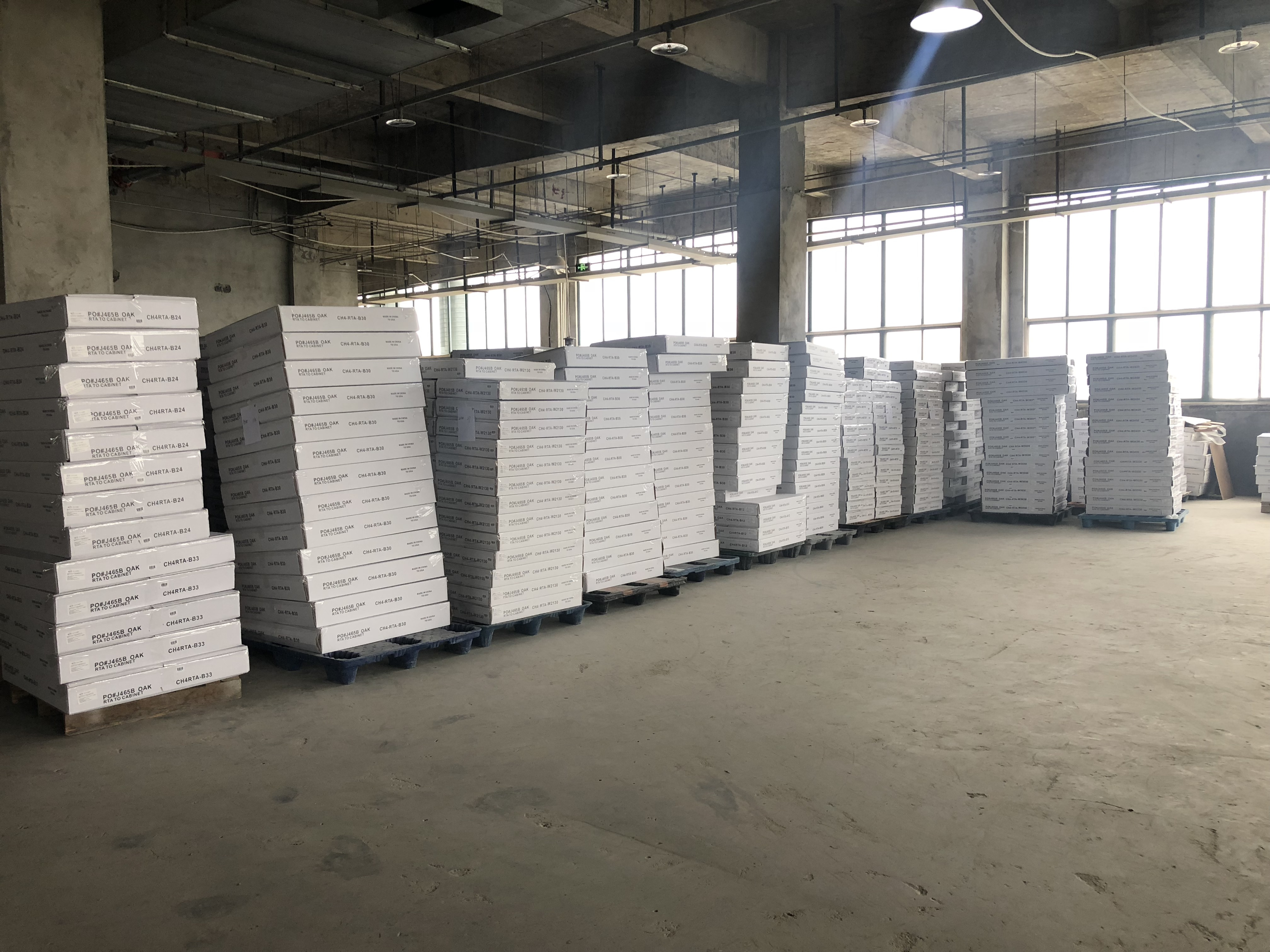
Various component parts are packaged in a large flat shipping case. /CGTN Photo
"Companies in Southeast Asia are unlikely to be the solution since their heavy manufacturing ability is incomparable to China," said Ju. "For example, their manufacturing capacity cannot reach the heights of four billion U.S. dollars, a mark that we have crossed."
Moreover, labor costs as well as housing costs in Southeast Asian countries have been on the rise. For example, in some regions in Vietnam, renting a warehouse can cost as high as 10 cents per square meter each day, higher than many inland cities in China. The cost of doing business in Southeast Asia, compared with China, will be at least 20 percent higher, Ju told CGTN.
If China and Southeast Asia are losing their luster as manufacturing hubs, will jobs shift back to the U.S. as President Trump claims?
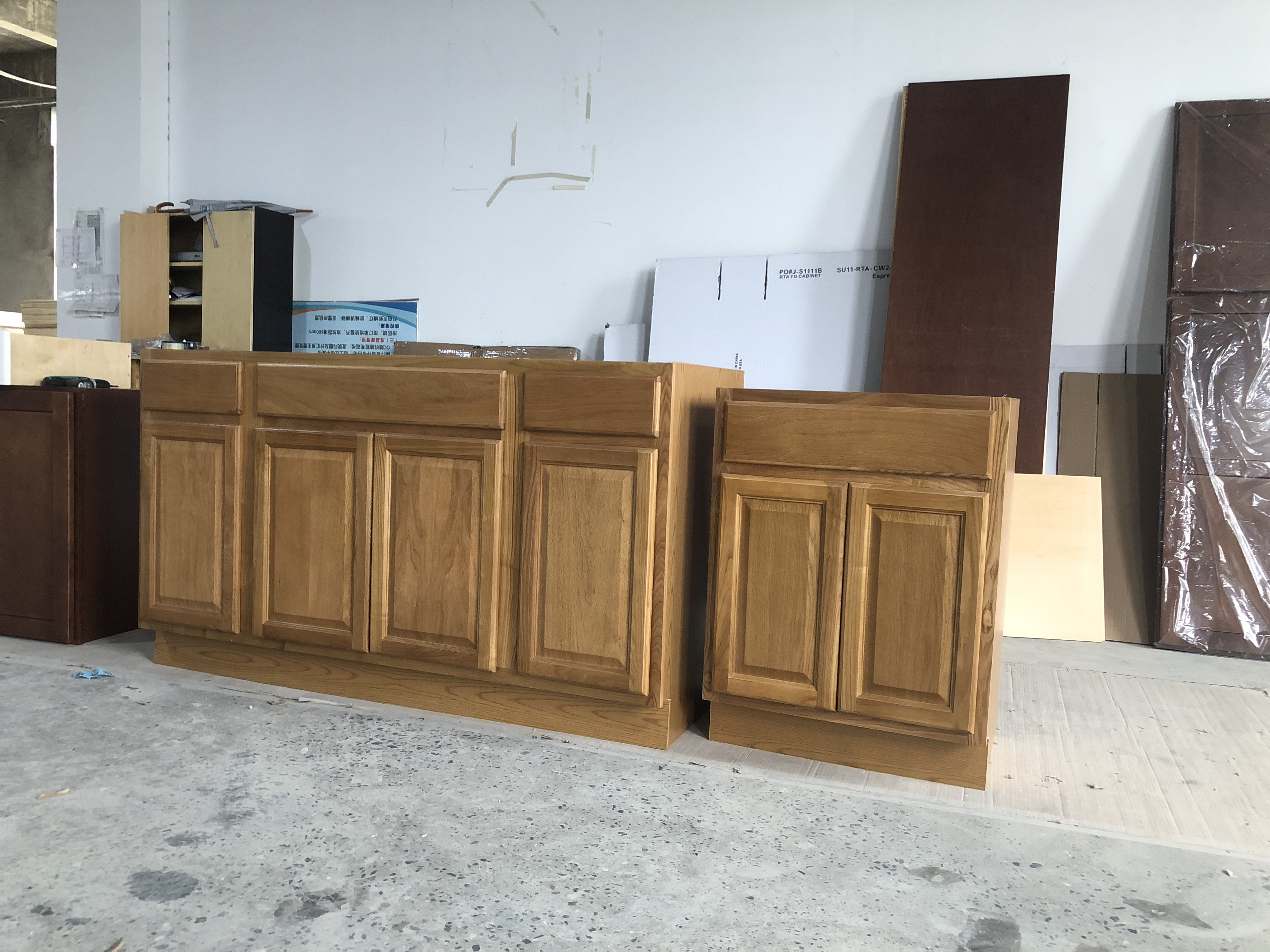
Sample of a finished product. /CGTN Photo
Ju said it was unlikely to happen. "Young Americans would never want to join the industry and raw materials supply runs short in the U.S.," he said. "The U.S. basically has no advantage in heavy manufacturing anymore."
As we walked around his factories, we saw workers applying lacquer on wooden panels with their bare hands, instead of relying on machines to do the work. Ju said this was because hand-made products have a lower risk of deformation, a feature that machine-heavy manufacturing in the U.S. does not possess.
"Personally, I think our industry poses no threat to the U.S. And our entire point of existence is to help American consumers," he said, explaining his thoughts on the trade war. "All we want is to lower costs, increase product quality and deliver the best service to our customers."
Videographer: Wu Jinjing

Copyright © 2018 CGTN. Beijing ICP prepared NO.16065310-3
Copyright © 2018 CGTN. Beijing ICP prepared NO.16065310-3